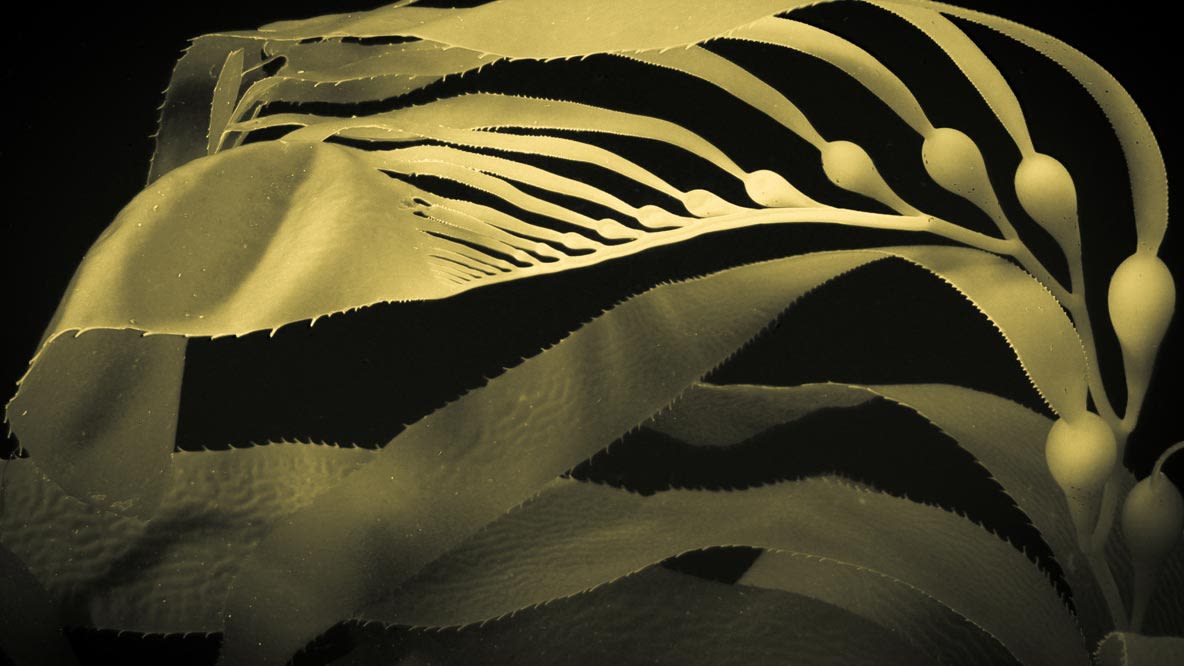Restoration Projects:
1) Protect abalone production from key reef locations. 2) Prevent further loss of abalone habitat at key reef locations. 3) Recover recently formed barrens back to healthy habitat.
1) Protect abalone production from key reef locations. 2) Prevent further loss of abalone habitat at key reef locations. 3) Recover recently formed barrens back to healthy habitat.
1) Protect abalone production from key reef locations. 2) Prevent further loss of abalone habitat at key reef locations. 3) Recover recently formed barrens back to healthy habitat.
- The aim of this study was to investigate the effects of reducing C. rodgersii density in barrens on the size and colour of roe for commercial harvest. It also investigated the cost-effectiveness of density reductions for industry.
- At Hope Island, preliminary short term trial clearings of urchin from barrens resulted in little recovery of macroalgal vegetation. It was postulated that limpets may be an additional herbivore controlling vegetation so this experiment was conducted to determine if urchins were the principal herbivore at Hope Island.
- The aim of this study was to investigate the effects of reducing C. rodgersii density in barrens on the size and colour of roe for commercial harvest. It also investigated the cost-effectiveness of density reductions for industry.
- The aim of this study was to investigate the effects of reducing C. rodgersii density in barrens on the size and colour of roe for commercial harvest. It also investigated the cost-effectiveness of density reductions for industry.
- At Hope Island, preliminary short term trial clearings of urchin from barrens resulted in little recovery of macroalgal vegetation. It was postulated that limpets may be an additional herbivore controlling vegetation so this experiment was conducted to determine if urchins were the principal herbivore at Hope Island.
- At Hope Island, preliminary short term trial clearings of urchin from barrens resulted in little recovery of macroalgal vegetation. It was postulated that limpets may be an additional herbivore controlling vegetation so this experiment was conducted to determine if urchins were the principal herbivore at Hope Island.
- This study reports on the restoration of seaweed beds using management-free methods, to help conserve the natural ecosystem.
- At Hope Island, preliminary short term trial clearings of urchin from barrens resulted in little recovery of macroalgal vegetation. It was postulated that limpets may be an additional herbivore controlling vegetation so this experiment was conducted to determine if urchins were the principal herbivore at Hope Island.





